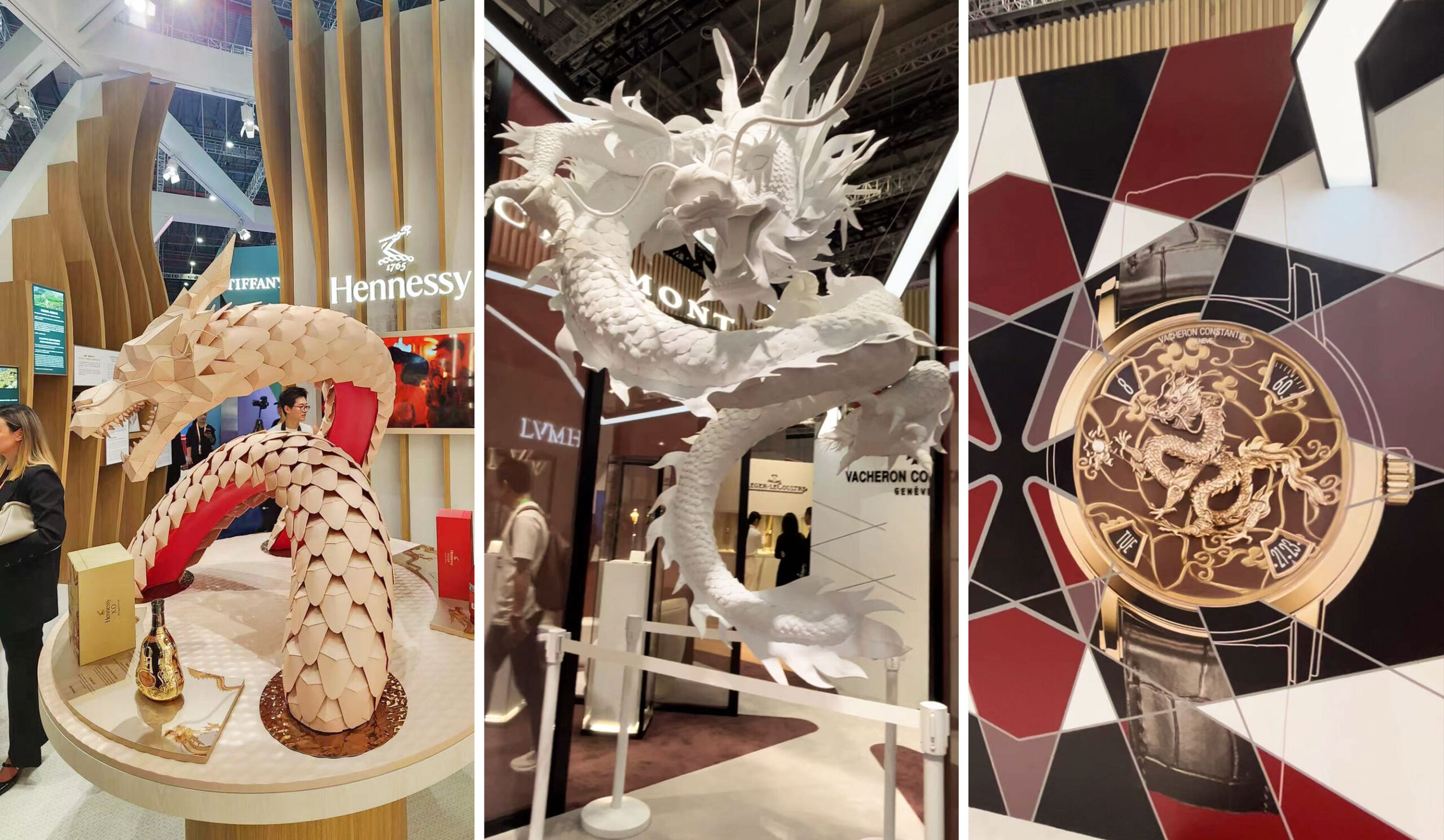CELINE, the second fashion and leather goods brand acquired by Bernard Arnault, Chairman and CEO of LVMH Group, during the establishment of his luxury empire, closely follows DIOR.
Note: In 1984, Bernard Arnault acquired the bankrupt French corporate giant Agache-Willot-Boussac (Agache-Willot-Boussac), which included DIOR and the high-end department store Le Bon Marché among others. In 1987, Le Bon Marché acquired controlling stakes in CELINE. In 1989, Bernard Arnault took charge of the LVMH Group, which includes Louis Vuitton (Louis Vuitton). In 1996, Le Bon Marché sold CELINE to the LVMH Group.
Today, besides the leading brands Louis Vuitton and DIOR, CELINE, in LVMH’s second tier, is undoubtedly a key force providing sufficient momentum and support for the LVMH Group.
At the LVMH Group’s 2022 fiscal year-end conference call, Bernard Arnault personally revealed that CELINE’s sales had crossed the 2 billion euro mark.
This means that in the four-plus years since Hedi Slimane took over CELINE in 2018, the brand’s sales have doubled from 1 billion euros.
Arnault did not spare his praise for CELINE, stating in 2022: “CELINE is one of the fastest-growing brands among all global fashion brands,” and in 2023: “CELINE is another great milestone in the fashion and leather goods department.”
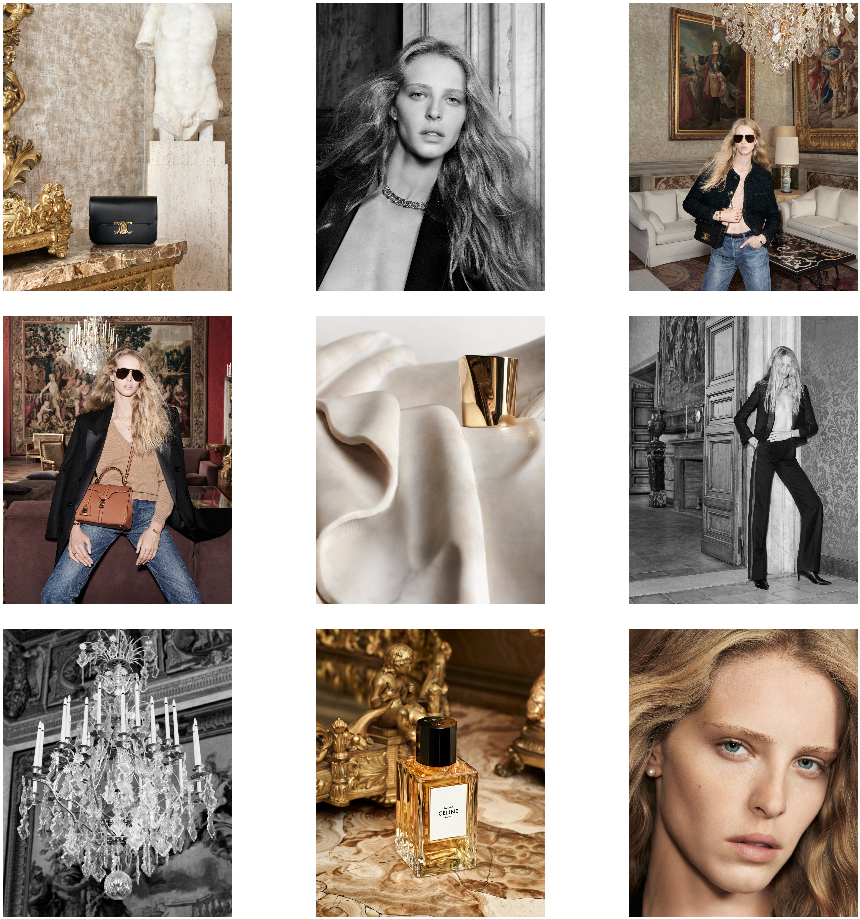
At the same time, CELINE has reached a new turning point.
Since Hedi Slimane’s appointment, the brand has undergone several style explorations, and the market was pleasantly surprised to see him quickly consolidate CELINE’s commercial foundation by embracing a younger audience.
However, this “shortcut” is not a permanent solution. The challenge for all “second-tier” luxury brands is how to continue ascending to higher levels of the luxury pyramid.
Changes like a new logo with a more simplistic font and a more “trendy” runway show are easily noticeable. But beyond the surface, Hedi Slimane has long been preparing CELINE for a more long-term future.

Breaking the Price Ceiling, Laying Out High-End Custom Handbags
Luxury brands believe in the power of handbags.
Starting from the 1990s, handbags became sought-after by consumers and a symbol of social status. Consequently, the leather goods business has become a main driver of profit growth for luxury brands.
Today, the “It Bag” of luxury brands continues to create a sensation. Contemporary consumers assign handbags a role akin to that of clothing as “style shapers.” Handbags alone have developed their own distinct style system. Entry-level handbags priced around ten thousand yuan are engines driving luxury brands’ sales.
The change now is that in the fashion industry, the term “investment piece” has taken on a more concrete meaning when applied to handbags. People’s interest in investing in and collecting handbags is growing, especially among high-net-worth individuals.
According to the Luxury Investment Index by consulting firm Knight Frank, handbags were one of the best-performing asset classes in the year from the fourth quarter of 2021 to the fourth quarter of 2022, second only to art, classic cars, and watches.
Therefore, the strategic significance of handbags for luxury brands is evolving. As luxury brands start to add relatively lower-priced product lines such as cosmetics and perfumes, high-premium handbags have a reason to shed their role as entry-level products and play a larger role in establishing scarcity at the top of the price pyramid.
- How to create a “top-of-the-line handbag”?
In recent years, Hedi Slimane has launched several popular handbag models for CELINE, including the TRIOMPHE Arch series, AVA TRIOMPHE underarm bag, CUIR TRIOMPHE bucket bag, which are well-received by young people. At the same time, he has not neglected the top-tier clientele, deeply deploying higher-priced haute couture handbag business.
Hedi Slimane, using the first two handbags he created after joining the brand – TRIOMPHE and 16, launched CELINE’s “Haute Maroquinerie” limited custom series, offering custom handbag services to top-tier clients, each handbag being handmade by a craftsman. The materials used include Nile crocodile skin and 18k gold pieces. CELINE indicates that due to its custom nature, “it is impossible to give a specific price.”
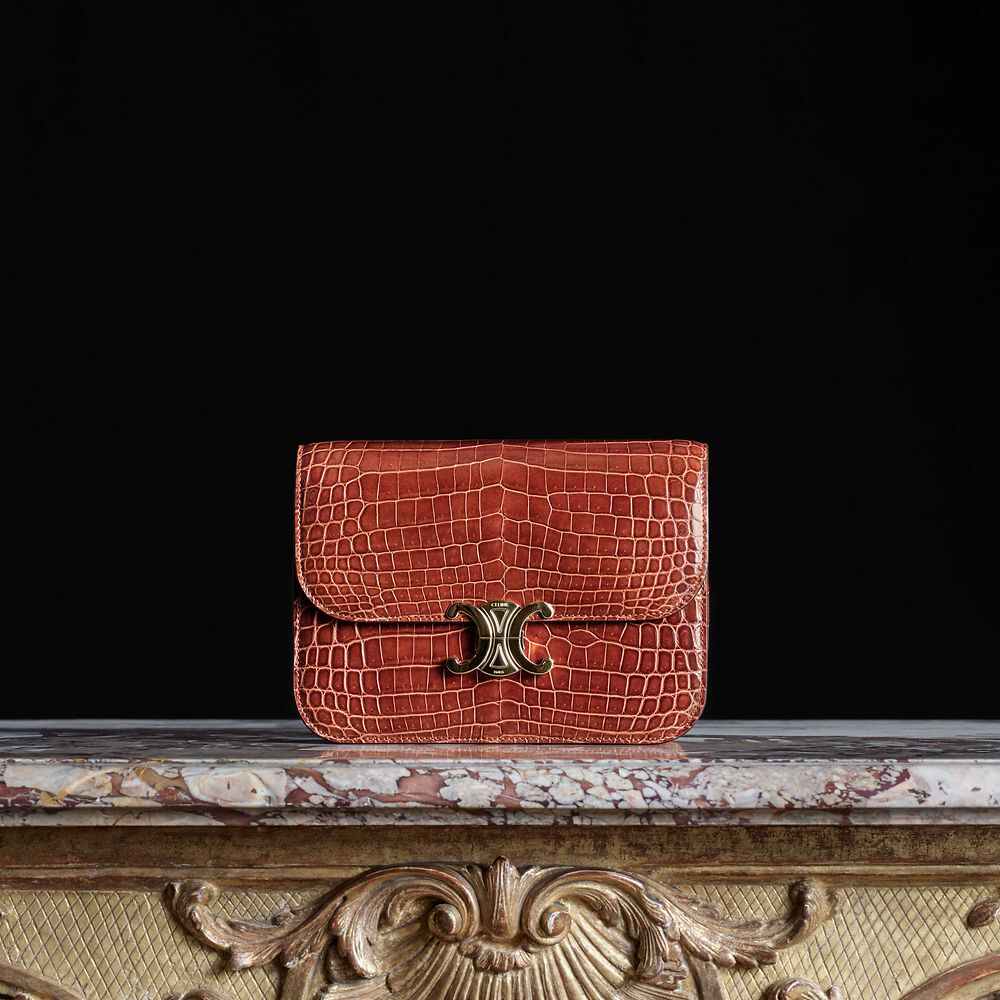
The Haute Maroquinerie TRIOMPHE handbag
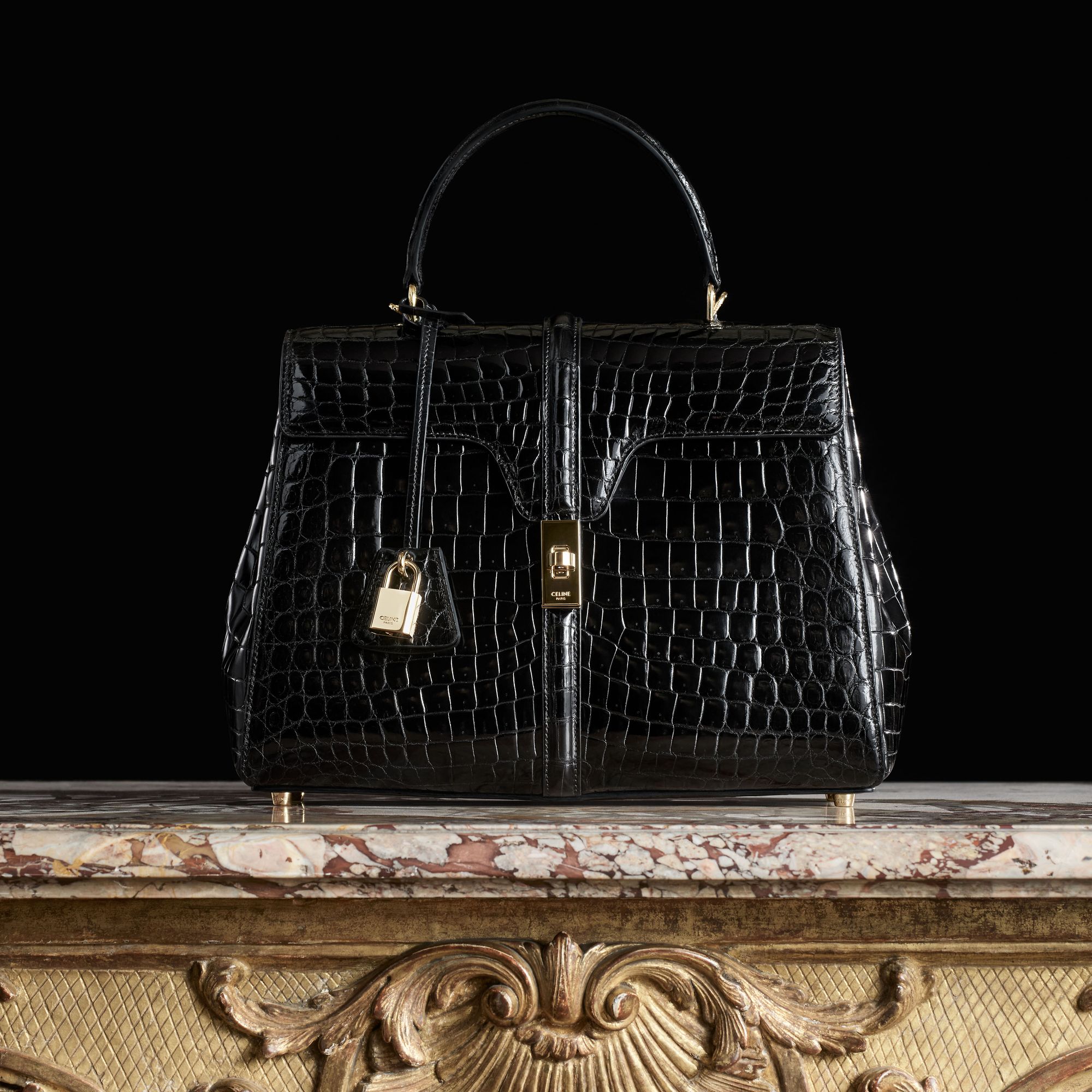
Haute Maroquinerie 16 handbag
Not all handbags appreciate in value over time. In the eyes of investment experts, limited editions are usually a safer choice. This might also be one reason why Slimane targets “limited” and “custom” in creating high-priced handbags. Technavio’s “Global Handbag Market 2023-2027” points out that personalization and customization are key drivers in the luxury handbag submarket.
CELINE’s “Haute Maroquinerie” series only begins the leather cutting and manufacturing stage upon receiving a customer’s order. From the selection of the leather, cutting, to assembly, each bag is made by a highly skilled craftsman, with the 16 series taking 17 hours and the TRIOMPHE series taking 12 hours. There are 14 color options for custom handbags.
This series uses rare leathers, quickly establishing a “luxurious” foundation for leather goods through the high value of the material itself.
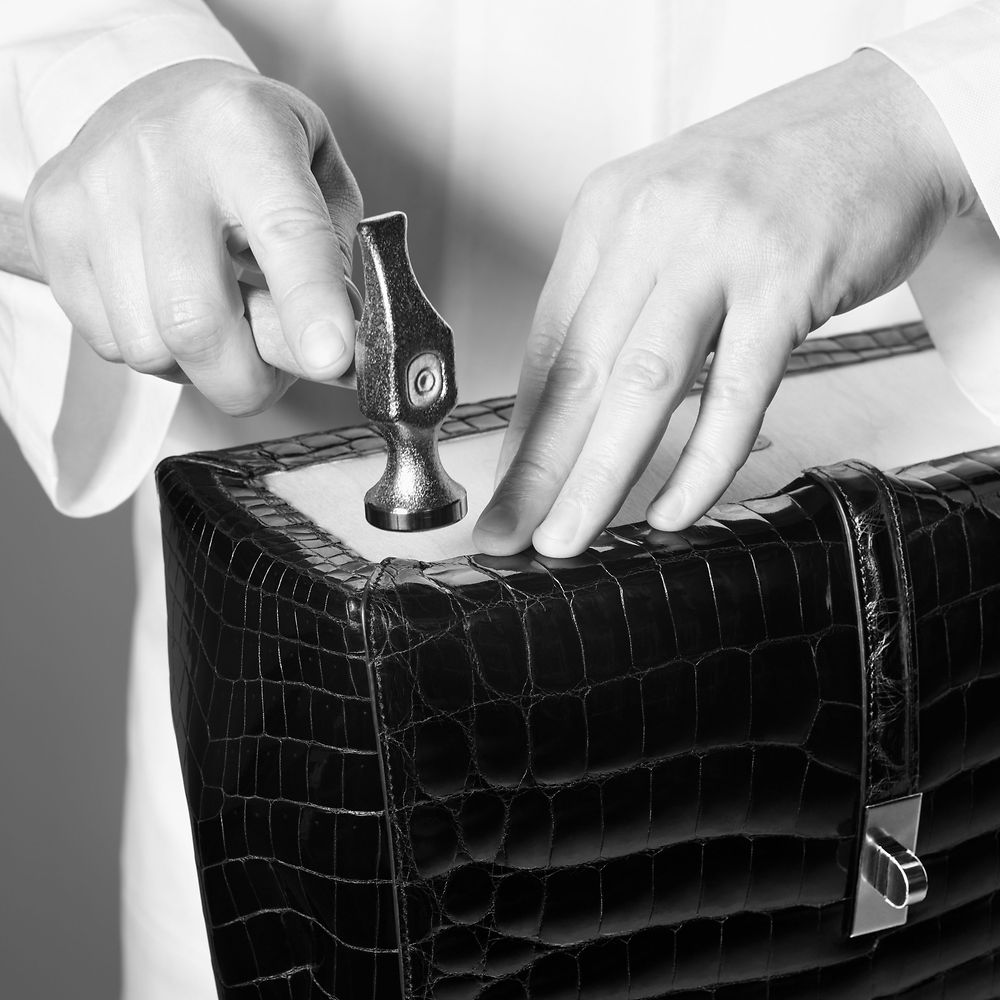
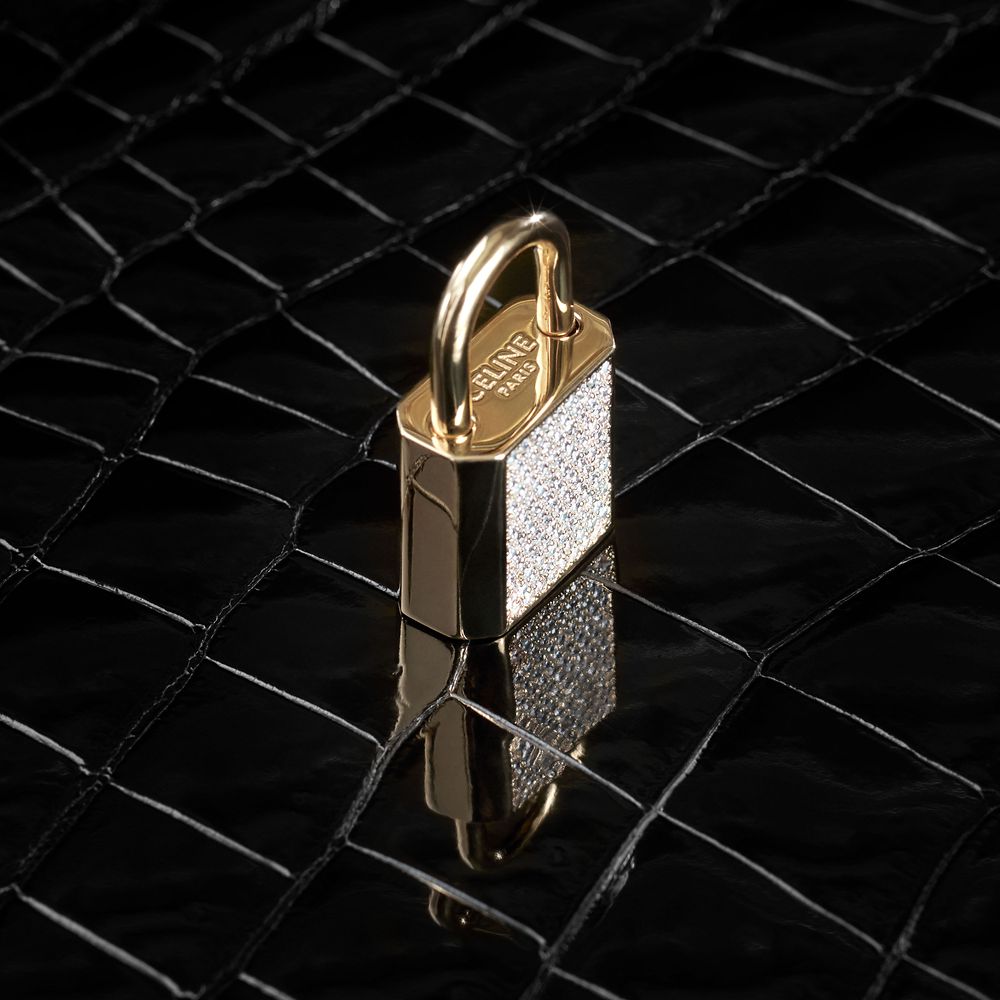
Nile crocodile skin (CROCODYLUS NILOTICUS/NILE CROCODILE) is famous for its large oval scales. CELINE uses a centuries-old leather processing method, polishing with agate stone to achieve luster and tone while maintaining the leather’s natural texture. The clasps use 18k white or yellow gold and can be customized with pavé or single diamonds according to the customer’s requirements. The customer’s initials can also be embossed on the goat leather lining. Upon completion, the handbag is delivered to its owner in a special eucalyptus wood lacquer box lined with black leather.
Iconic handbags have a high degree of recognition and are the “first association” with the brand, such as the Birkin bag for Hermès and the 2.55 for CHANEL. Hedi Slimane, through the TRIOMPHE series handbags, is creating a new identity for CELINE.
TRIOMPHE, meaning “victory, triumph” in French, was unearthed by Slimane from the CELINE brand archives as a classic emblem when he joined in 2018, transforming it into an important visual element on clasps and monogram patterns.
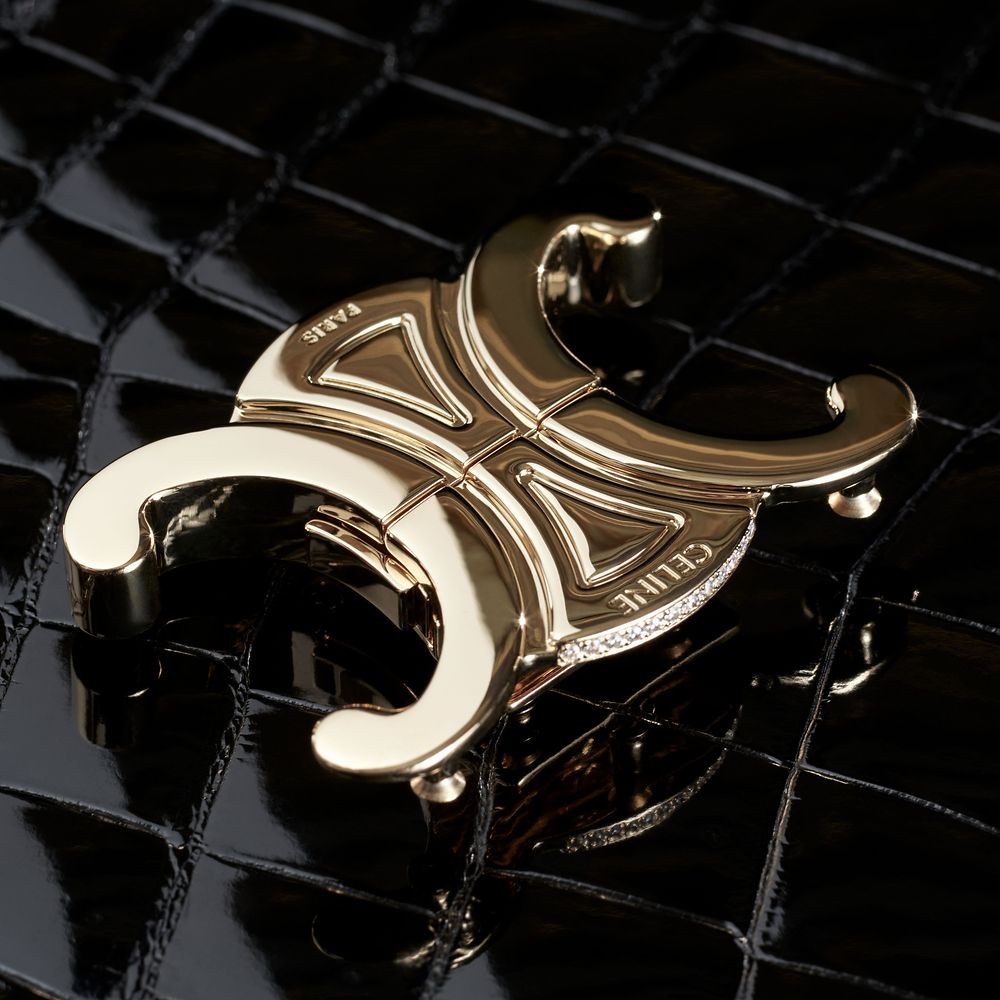

In 1972, CELINE founder CELINE VIPIANA’s car stalled in front of the Arc de Triomphe on the star-shaped square. While the driver was checking the vehicle, the chains around the monument caught CELINE VIPIANA’s attention, and she immediately decided to use them as the brand’s emblem. The left image shows CELINE’s 1970s emblem; the right image shows CELINE’s modern emblem.
This elegant and refined emblem not only helps CELINE stand out from the sea of logos among luxury brands today but also fills a gap for CELINE: unlike Louis Vuitton or DIOR, CELINE did not have a signature print in the past.
In the future, as it becomes deeply bound to the brand’s image, it can extend to more products, helping the brand grow both commercially and culturally.
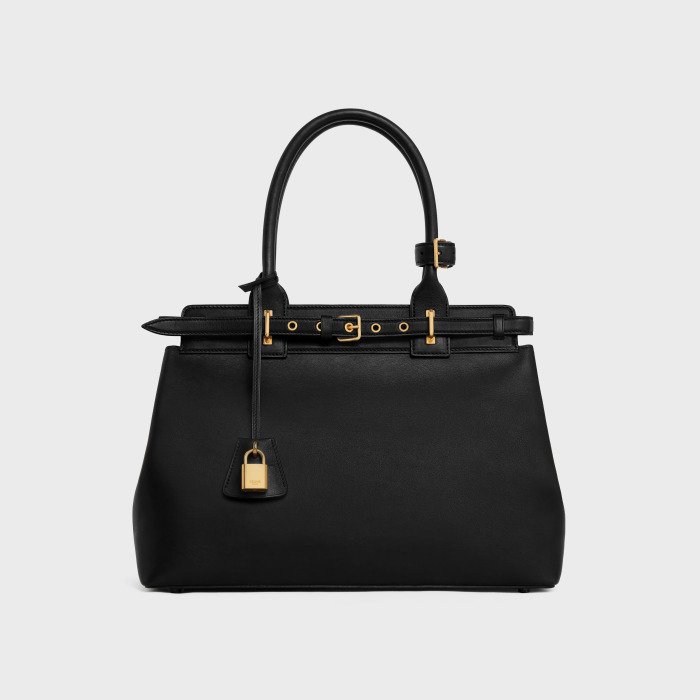
The CONTI handbag, newly released by CELINE last November, priced at 55,000 yuan.
Creating a “Dream within a Dream”: Reviving Haute Couture
Once, haute couture was the focal point of creativity in the fashion industry. Today, its future development is a contentious topic due to operational scale constraints.
However, many established fashion houses continue to emphasize the legacy of haute couture, with brands like CHANEL and DIOR repeatedly emphasizing classic silhouettes, partly to offset the dilution of brand image by more practical products like denim jackets and short-sleeved shirts.
Many creative directors of luxury brands also integrate their personal creative consciousness into the haute couture heritage and craftsmanship of the brand. The inheritance and transcendence between the old and new eras offer a new layer of interpretation for the contemporary significance of haute couture.
Haute couture is ingrained in CELINE’s DNA. In 1945, Madame CELINE VIPIANA started with custom children’s shoes, founding the namesake brand.
Soon, VIPIANA’s boutiques spread across Paris. She was persuaded by some prestigious clients to provide custom children’s shoes services, which, after gaining success, expanded into women’s footwear. In the 1960s, VIPIANA released her first leather goods and accessories line, and in 1968, she introduced a sportswear collection. From then on, CELINE began to represent Parisian fashion ideals.

CELINE VIPIANA
- How is contemporary CELINE haute couture defined?
Hedi Slimane’s significant influence on CELINE’s fashion lies not only in launching a menswear line but also in reviving haute couture.
At his debut show for CELINE, he introduced the first haute couture pieces and established a haute couture atelier at 16 rue Vivienne in Paris. The 16 handbag was named in homage to this.
While CELINE has not established a separate haute couture line, haute couture has become an indispensable part of its collection, covering everything from casual wear to evening gowns, and is a highlight of each season’s show. Slimane mentioned in an interview that, for example, haute couture comprised about 20% of CELINE’s 2023 Fall/Winter collection.

CELINE’s haute couture typically features intricate embroidery and showcases the ultimate French craftsmanship inherent in CELINE’s wardrobe. Slimane explained that the difference between its ready-to-wear and haute couture lies in “the exquisite craftsmanship, manual traditions, and complexity of embroidery upheld by the atelier.” For instance, in the 2023 Fall/Winter collection, a gown embroidered with over 90,000 crystals and sequins was priced at £60,200. The collection also showcased hand-embroidered mini dresses, embroidered hunting jackets, and embroidered silk shirts.
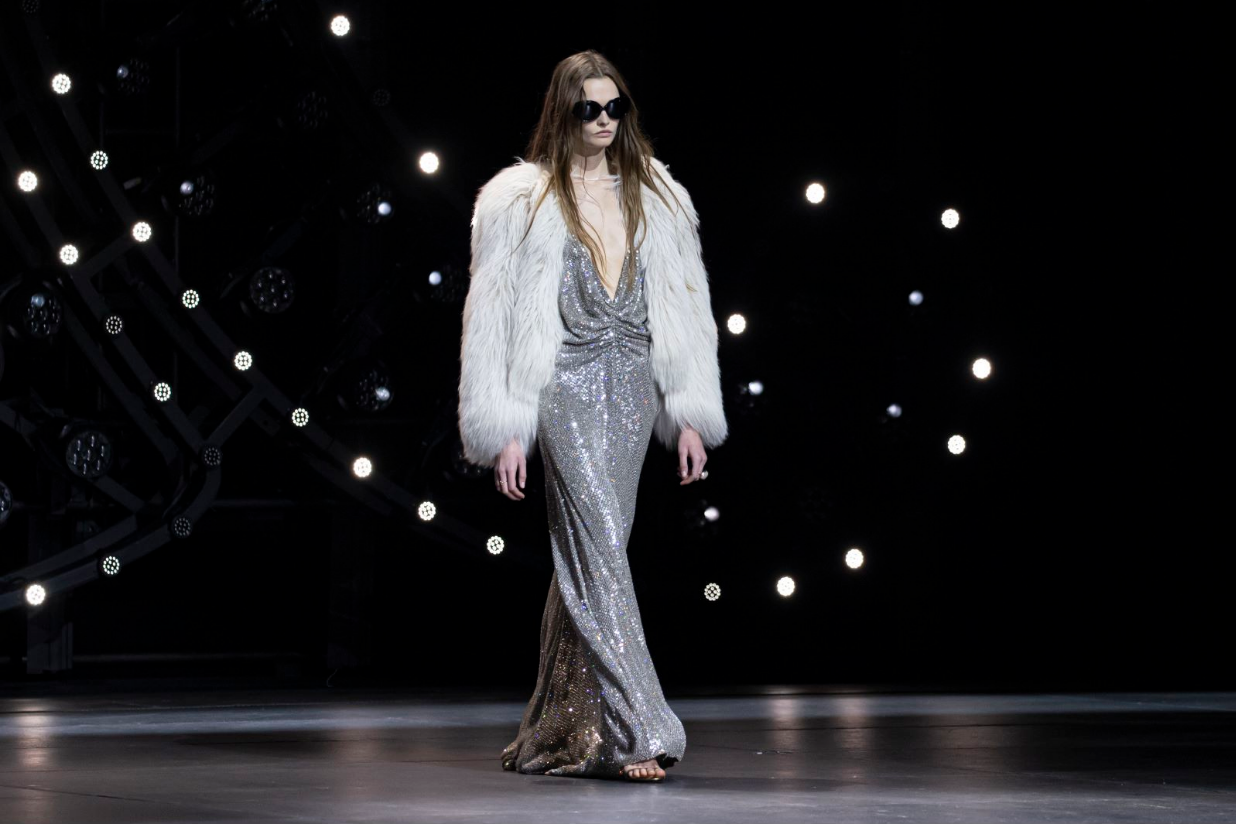
The luxury industry embodies the essence of dream-making, providing a pure foothold for the existence of haute couture. Currently, its experimental, avant-garde nature, and cost-no-object investment continue to secure haute couture’s position as the “jewel in the crown” of luxury brands.
For CELINE, these dazzling outfits, along with high-priced handbags, serve as powerful tools to continually attract high-net-worth clients.

Last year, Natalia Vodianova, the “princess” of the LVMH Group and a supermodel, attended the Cannes Film Festival wearing CELINE haute couture.
Setting the Tone for Timeless Classics, Strengthening Brand Aesthetics in All Aspects
Fashion ultimately nourishes consumers with the pursuit of beauty.
Luxury brands, while conveying their understanding of aesthetics, also foster a growing group of consumers who project their desires and spiritual resonance onto the brand.
Thus, every luxury brand, through its founders and designers, continuously shapes a complete aesthetic system.
Reviewing CELINE’s history over the past 30 years, it’s evident that the personal style of creative directors has left a profound imprint on the brand. Indeed, the distinct style of creative directors can attract many followers for the brand in a certain era, but during their succession, the brand’s aesthetic system can experience discontinuities, blurring the brand image over a longer time frame.
This is one of Hedi Slimane’s key tasks at CELINE, to create a complete aesthetic system for CELINE, establishing a more unified and impressive brand image.

Hedi Slimane, Photo Credit: Y.R.
Hedi Slimane possesses a formidable resume, with his cross-disciplinary design talent and aesthetic taste widely acknowledged.
His signature skinny black suits and rock-androgynous designs have attracted American-Italian singer Lady Gaga, British rock singer David Bowie, and the late German fashion designer Karl Lagerfeld as his loyal fans.
- How to comprehensively reshape CELINE’s aesthetics?
In 2019, Hedi Slimane targeted the olfactory economy, launching a high-end custom perfume series. Priced at 2300 yuan for 100ml, it led the recent trend toward high-end positioning in the fragrance market.
Following the high-end custom fragrances, Slimane expanded the MAISON CELINE home and lifestyle series, covering travel accessories, body care, home storage, stationery, pet supplies, and more.
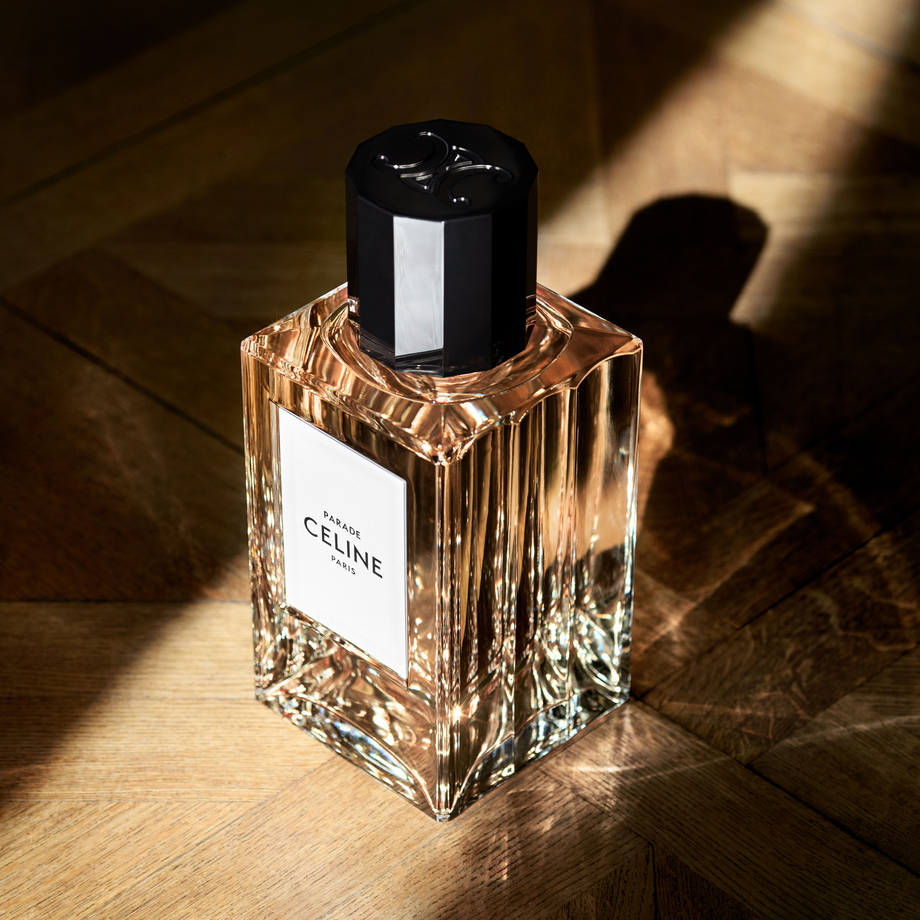

In the store space, he conceived a new store design concept for CELINE, creatively combining natural marble, brass, oak, concrete, stainless steel, lighting decorations, and mirrored interiors. Each element is an extension of his artistic vision.
He also incorporated the “CELINE ART PROJECT” into the stores, personally purchasing and commissioning contemporary artworks from global artists, transforming the stores into veritable “public art spaces.”
Whether as an artist, designer, or for a brand, having a unified and clear identity makes it easier to be remembered by the public. As CELINE’s brand book quotes Slimane: “You can only be one thing and you can only want to be one thing or be remembered for one thing… you can only be lucky enough to have one style, your own style that becomes a caricature of yourself, your own ‘sound’.“
Compared to luxury brands with rich historical depths, CELINE’s brand story is relatively simple. Today, the unified, comprehensive, and immersive aesthetic world that Hedi Slimane creates for CELINE will greatly enrich the brand’s connotations, leaving a valuable asset in the brand’s portfolio.
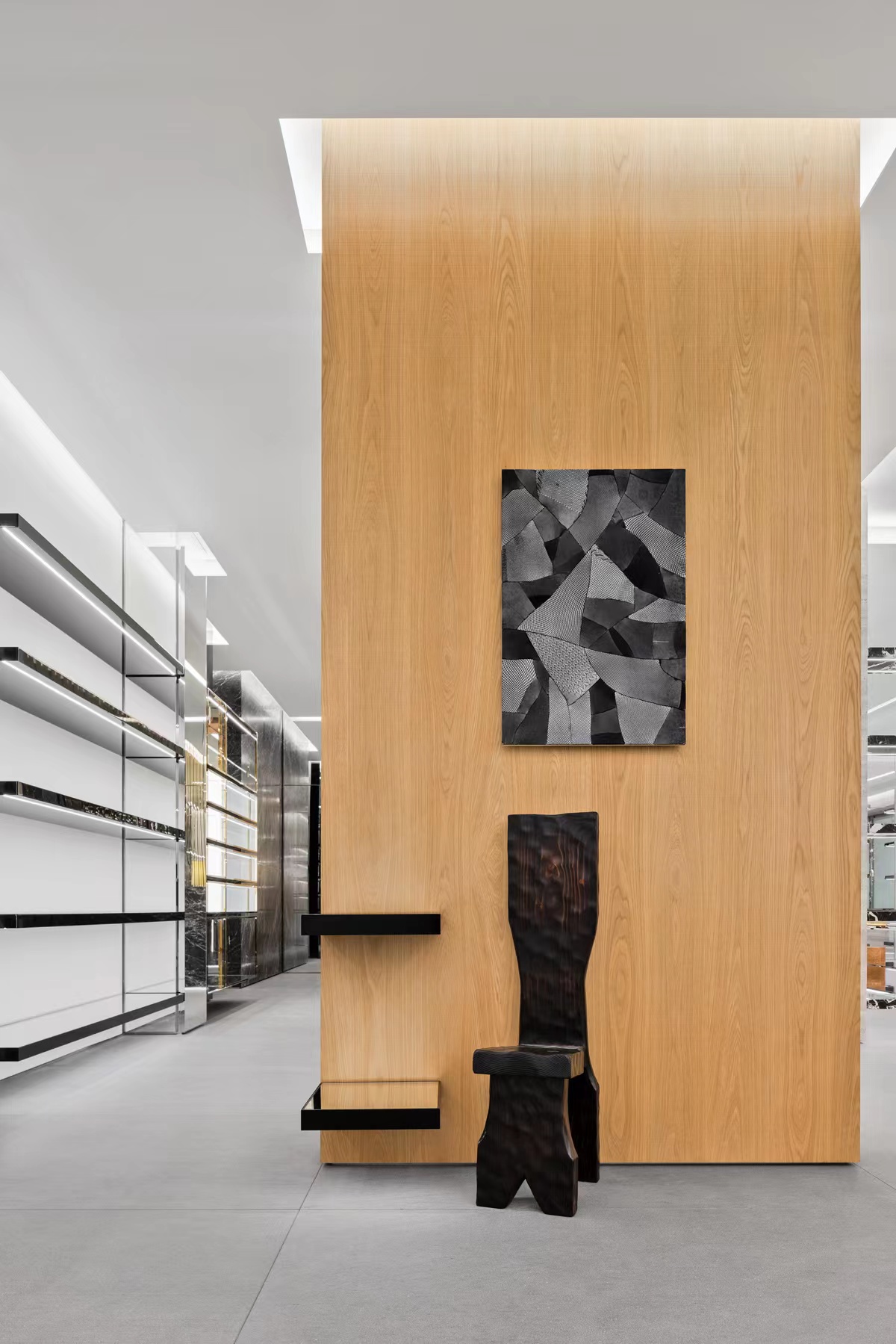
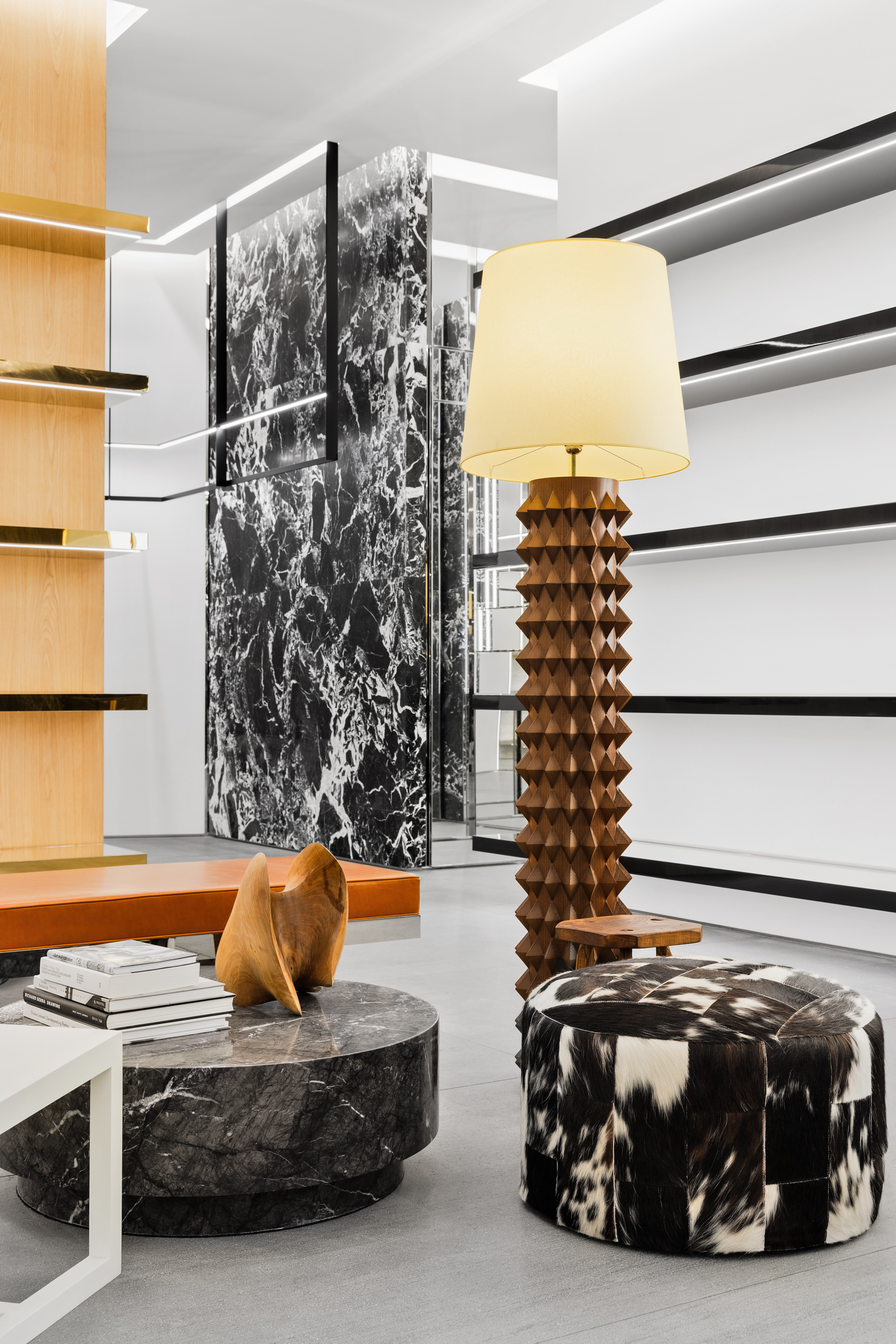
CELINE currently has 37 boutiques in China. The latest opened in October at Changsha IFS, showcasing contemporary artist Wang Lijun’s sculptures and paintings by Ma Qiusha.
Conclusion
Regardless of how fashion trends and business cycles change, for luxury brands, cultivating timelessness is an essential lesson that cannot be fast-tracked.
While attracting young people’s intense attention with popular entry-level items, it’s surprising to realize that Hedi Slimane has already positioned himself on the side of long-termism, laying the groundwork for CELINE’s future. Through higher-end products and a unique aesthetic system, he helps the brand balance the turbulence of the environment with solid confidence, making steady strides towards becoming a top-tier luxury brand.
| Image Credit: CELINE official website, CELINE official Weibo account, screenshots from CELINE’s official Instagram account, provided by CELINE
丨 Reporter: Jin Daixi
| Editor: Zhu Ruoyu


